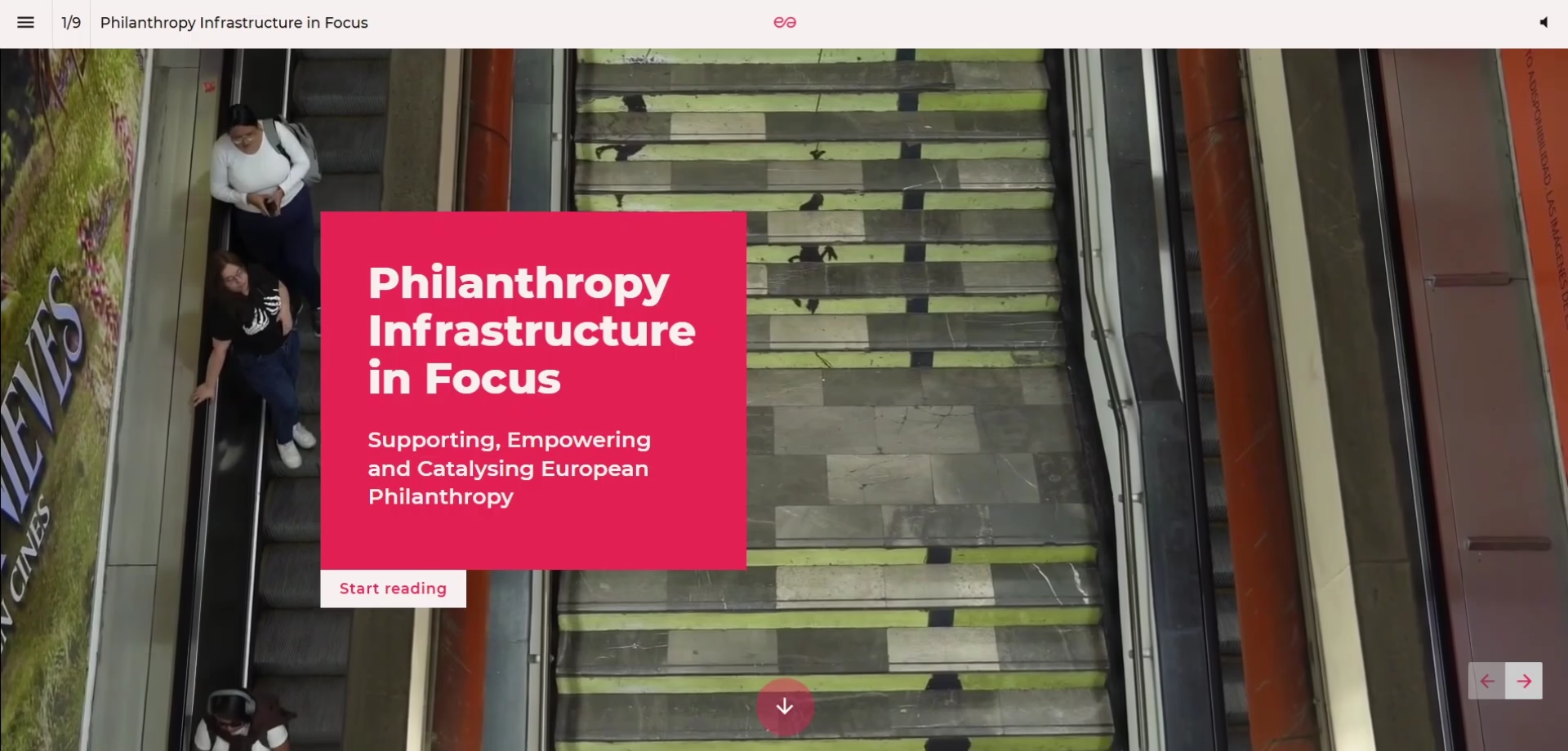Philanthropy Infrastructure in Focus: Supporting, Empowering and Catalysing European Philanthropy
What are Philanthropy Infrastructure Organisations (PIOs)? This online guide explores the unique role and characteristics of PIOs and how they drive transformation despite operating with limited resources. The study emphasises the need for an enabling environment and stronger connections within philanthropy, directly contributing to Philea’s objective of advocating for the sector and enhancing its connectivity with key partners.
Overview
In the philanthropic sector, we often celebrate the visible: the grants awarded, the buildings erected, the direct beneficiaries served. Yet, beneath this perceptible activity lies an intricate web of connections that makes transformative change possible – what we might call the invisible architecture of our field.
Philea’s first publication on philanthropy infrastructure organisations (PIOs) shines a spotlight on the often-unseen engines of change in our sector. It reveals data on their functions and roles, showcases a decade of achievements and highlights their vital role in creating the enabling conditions philanthropy to operate and achieve collective impact.
Key takeaways
- The most pressing challenge for PIOs is building awareness of philanthropy’s added value: Over half (52%) of PIOs identified this as their top struggle, highlighting how crucial it is for the sector to communicate clearly and convincingly the unique contributions philanthropy makes to society. This awareness is foundational: without it, the licence of philanthropy to operate will be at risk.
- Contribution to create an enabling environment for philanthropy: 94% percent of Philea’s PIO members stated that one of their key functions is engagement in national level policy.
- Unrestricted funding is crucial: Only 7 of the 25 PIOs surveyed have any access to it (ranging from 2% to 22% of total income), leaving most reliant on project-based funding that restricts strategic planning, rapid response, and long-term or innovative initiatives.
- Multiplying impact through multiple roles: PIOs build capacity, enhance capability, foster connections, and strengthen credibility. Notably, they act as catalysts – 80% highlight issues needing collective responses, and 52% incubate new initiatives or actors – sparking innovation and seeding long-term transformation across the sector.
Background
The report underscores the pivotal role of Philanthropy Infrastructure Organisations (PIOs) in fostering connections and collaboration across the sector, aligning with Philea’s goal to cultivate a mutually reinforcing community centred on people and the planet. By highlighting PIOs as catalysts for systemic change, the publication supports Philea’s mission to enable collective action and positions the organisation as a reference centre for thought leadership.
Contact


